What Are Sea Monkeys?
Sea monkeys are somewhat of an unusual and fascinating pet for young children. They are basically a type of brine shrimp, and they come in a dormant egg form in packets. They are easy to hatch, just add the right ingredients to treat the water, add the eggs, and in a day or two you will have live sea monkeys swimming around the tank.
Sea monkeys make for a great educational experience for young children. They are also very easy to look after, with little maintenance needed asides from feeding them occasionally. They come with various interesting facts, some of which are listed below:
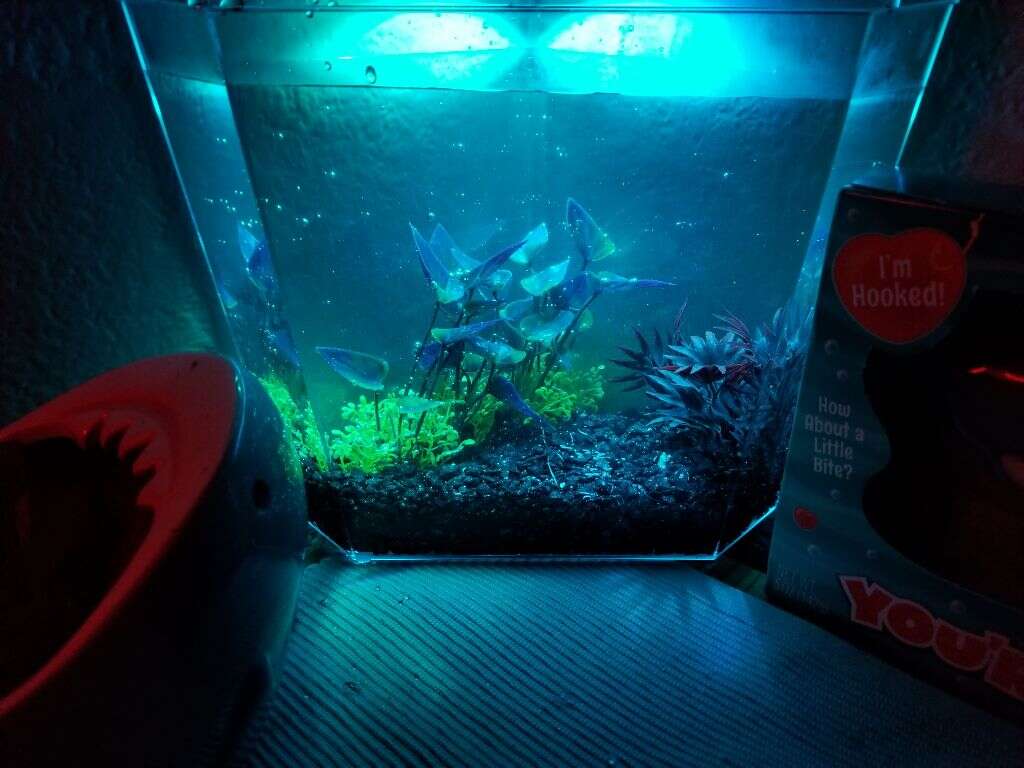
1. They Got Their Name from Their Tails
Brine shrimp really don’t look much at all like monkeys and have nothing else in common with them, asides from one thing, their tails. Brine shrimps’ long, slender tails are what inspired them to get their name. It is a name that has stuck, and now most people know them by their simian moniker. When they were first introduced as an exotic pet, they were known quite plainly as “instant life.” As a marketing gimmick, the new name was highly successful, and sales soared. They are now found available for sale all over the world, and you will easily find some online if you can’t find them for sale in a store.
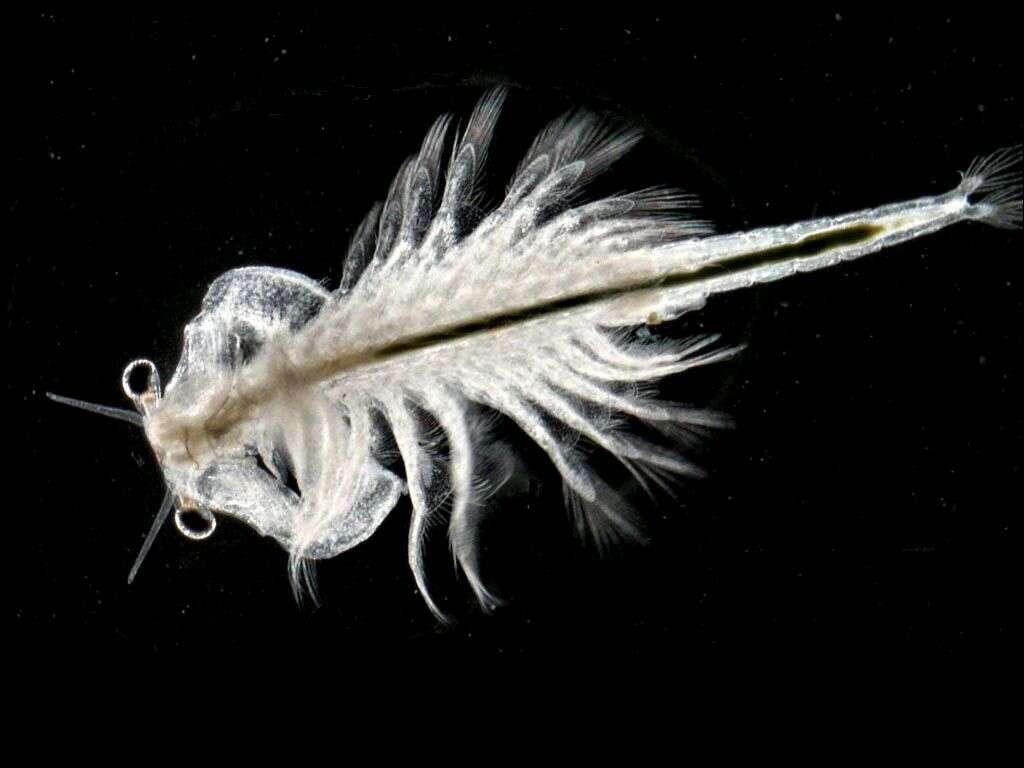
2. Different Colors
Throughout the animal world, you will find animals in a huge variety of different colors. There are numerous reasons for this, but the most common by far is to help them blend into the background. Some are camouflaged so well that you can be looking directly at them at close distance and still not notice they are there.
Another reason behind an animal’s color is the food that they eat. For example, it is well known that flamingos turn pink because of the shrimp that they feed on. Brine shrimp also come available in different colors, and it is thought that this is also likely to be down to what they eat.
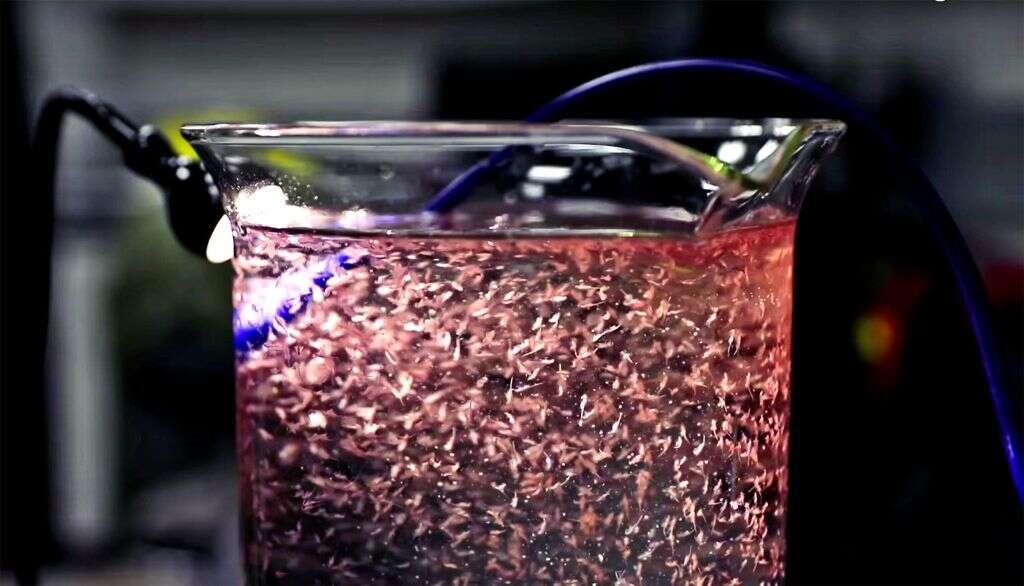
3. Parthenogenesis
When most animals reproduce, it occurs by a male and female copulating with each other. In the process, each parent’s DNA is shared to create offspring with characteristics from each parent. Errors that occur in the process lead to random mutations, and these mutations lead to evolution by natural selection.
Not all animals need to reproduce this way, however. Some creatures, including sea monkeys, are able to reproduce on their own. Female sea monkeys can fertilize their own eggs without the help of a male. One disadvantage of this is that the species overall will not be able to adapt to a changing environment through evolution.

4. Breathe Through Their Feet
Many different species of animal breathe air through noses at the front of their face. This makes a lot of sense because their noses are then pointed to where they are looking, helping them to detect the smell of predators or food. Many marine creatures will breathe through their gills, and they also have separate organs that help them to smell under the water.
Sea monkeys are quite different, however, as they actually breathe through their feet. This is where their gills are located, and they have evolved this way because it helps them survive in water with a lot of salt.
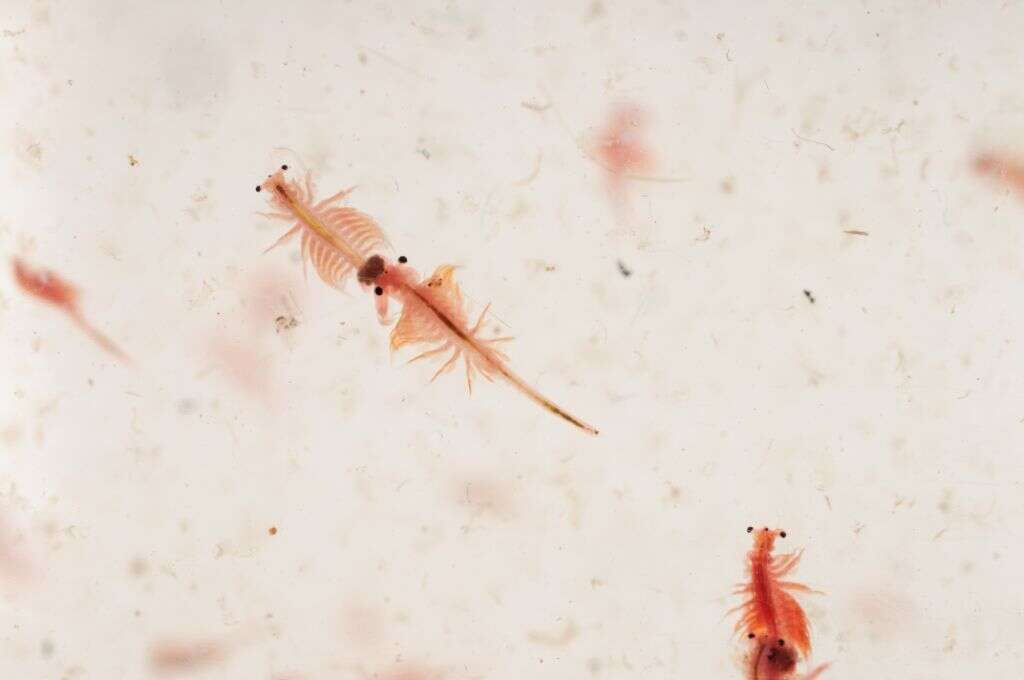
5. They Won’t Hurt the Environment
In some parts of the world, there are problems with invasive species. These are species that are not native to the region, and they can do tremendous damage to the native habitat. For example, Florida has a real problem with Pythons, whose native homeland is actually in Asia.
These giant snakes have been able to escape, or were released, and have thrived, presenting a threat to the population of native species. Even very small animals can be invasive species, but there is no such concern with sea monkeys. They will not be able to survive outside of their tank, or their natural environment.

6. Space-Faring
There is so much that we have left to learn about space, and we have barely scratched the surface. We have been able to find some things out, however, and much of this comes from experiments on how life can survive in space. One life form that has left our planet for experiments is the humble sea monkey.
Four-hundred million sea monkey eggs were taken aboard the Discovery space shuttle in 1998. Here, they spent 9 days in space before returning back to Earth again. Eight weeks later, the eggs were hatched, and the sea monkeys showed no negative symptoms of their journey.
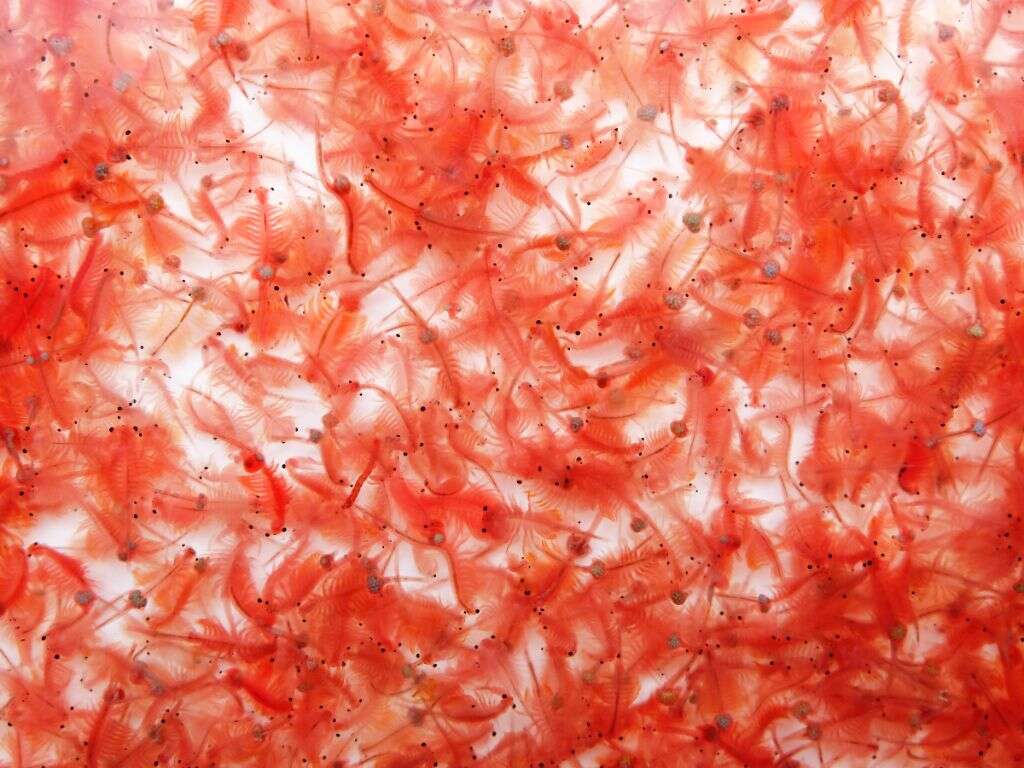
7. You Won’t Find Them in the Wild
Dogs and housecats have been selectively bred from other species to the point where we have the animals that we all know and love today. You won’t find them in the wild, though, although you will still find many of their ancestors. Sea monkeys are similar in that they too have been selectively bred, and you will not find them in the wild.
The original shrimps did not do well in captivity, with barely any living for more than a month. However, they were bred with Artemia shrimp to make for a sturdier species. The sea monkeys that we know today are able to thrive in captivity and require little care.

8. They Didn’t Originate from the Sea
Despite their name, sea monkeys’ ancestors did not come from the sea. They are too small to live in an environment that has such a vast number of predators. As a type of brine shrimp, the name suggests that they came from very salty water, and this was exactly the case.
The monkey shrimp’s ancestors were found living in manmade saltpans, salt swamps, and other salt water bodies such as Northern Utah’s Great Salt Lake. Incredibly, they are able to live in water that has a salt concentration of up to around 50%. This means that they don’t have much to eat, but it also means that they have few predators.

9. Attracted to Light
Many species will try to keep away from the light if they can, choosing to remain in darkly lit areas instead. This is because being in the light will make them more visible and, hence, more likely to be spotted by predators. Not all animals are the same, however, and sea monkeys are actually attracted to the light.
If you turn the light on close to a tank holding sea monkeys, you will find that they will swim toward it. You are also likely to find that the sea monkeys will rise toward the surface of the water during the day time, returning to the bottom of the tank again when the sun goes down.

10. Swim Upside Down
Throughout the animal world, countless different ways of moving around have evolved, with some that are actually quite bizarre. Perhaps the most common method of moving is to walk or run on legs and feet, which is what humans do. More novel methods include a type of jet propulsion that is employed by octopi.
Sea monkeys swim using tiny paddle-like appendages. This in itself is not unusual in the aquatic work, but what is unusual is that they swim upside down. This is probably because of their attraction to light, as swimming upside down allows them to point their appendages toward the sun.












